|
Yoga classes are filled with students of different skill levels. The majority of students are somewhere in the middle: familiar with the practices, having attended dozens or hundreds of classes, neither beginning nor advanced. Some are new, never having done yoga before, and a few are more advanced, having practiced for long enough to move past beginning techniques. As teachers, how do we navigate this diversity?
BEGINNING AND ALL-LEVELS CLASSES One of the solutions that the yoga community has developed is "Beginning Class" or "All-Levels Class." These classes are attractive to newcomers since the practices aren't too difficult, and tentative new students won't be distracted or discouraged by confident, flexible yogis on the mat next door. A beginning class is targeted toward beginners. "All-levels" is a descriptor that basically means "beginning," but it tries to avoid alienating more experienced yogis the way that a term like "beginning" might. The obvious complements to "Beginning" class are "Intermediate" and "Advanced" classes. But there aren't nearly as many intermediate or advanced students, so these classes are unsustainable to a yoga studio. Non-beginning classes generally get limited to once or twice per week or dropped altogether, while beginning classes fill the rest of the schedule. So it is difficult for intermediate and advanced yogis to find classes or spaces to practice at their level. What we end up with is more advanced students in "beginning" classes. It is the teacher's responsibility to direct the students in his or her class, whoever those students may be. A teacher needs to be able to guide a beginning student in appropriate beginning practices, and also guide an advanced student in appropriate advanced practices. This requires some knowledge and skill from the teacher, who needs familiarity with beginning postures, modifications and injuries as well as intermediate and advanced postures and variations. Too often, teachers hold back their advanced students, demanding that they do beginning postures that will not benefit them, or worse, encouraging them to do beginning postures but work harder. This is the most common way to injury. THEIR OWN PRACTICE We often hear yogis make the case that beginning students should embrace "their own practice," meaning that they shouldn't be ashamed if they struggle or look silly. This helps the student trust the process. But the same is true for the advanced student who needs to embrace "their own practice." Too many advanced yogis hold back their practice for the sake of someone else in the room. Ideally, a yoga teacher can direct students of all levels at once. The beginner gets simple instruction while the experienced practitioner gets more detail and depth. All parties should respect their own place and the place of their peers.
1 Comment
Romit Banerjee
3/1/2018 05:34:06 pm
Very well written ......
Reply
Leave a Reply. |
AUTHORSScott & Ida are Yoga Acharyas (Masters of Yoga). They are scholars as well as practitioners of yogic postures, breath control and meditation. They are the head teachers of Ghosh Yoga.
POPULAR- The 113 Postures of Ghosh Yoga
- Make the Hamstrings Strong, Not Long - Understanding Chair Posture - Lock the Knee History - It Doesn't Matter If Your Head Is On Your Knee - Bow Pose (Dhanurasana) - 5 Reasons To Backbend - Origins of Standing Bow - The Traditional Yoga In Bikram's Class - What About the Women?! - Through Bishnu's Eyes - Why Teaching Is Not a Personal Practice Categories
All
Archives
May 2024
|

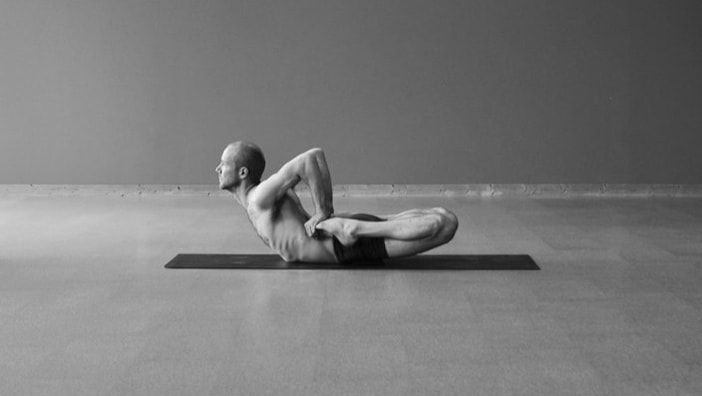
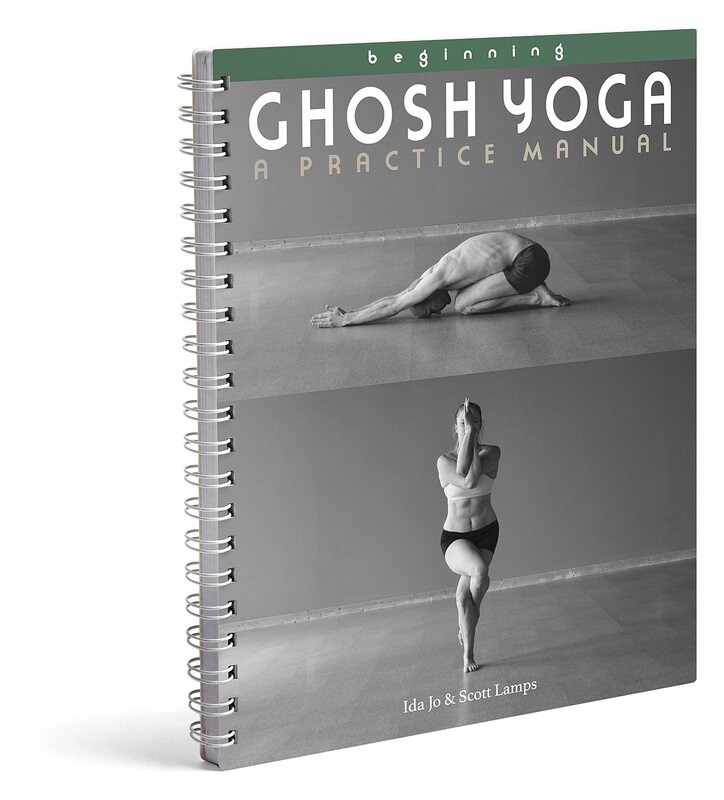
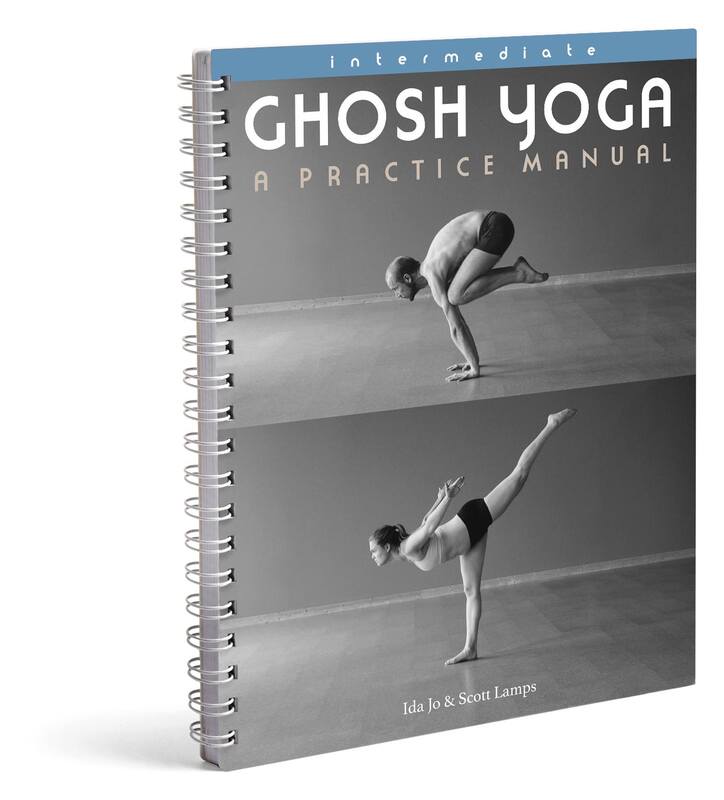
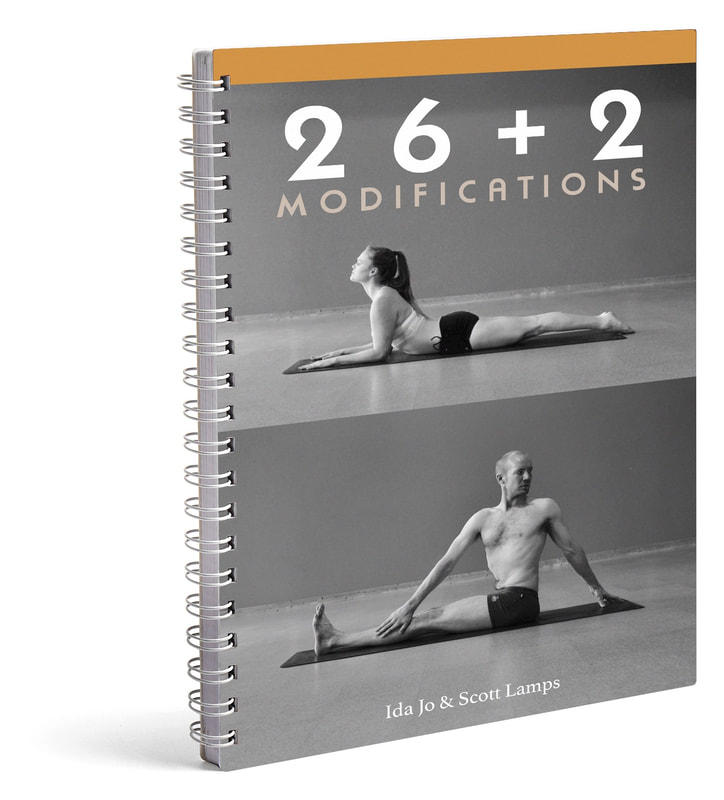
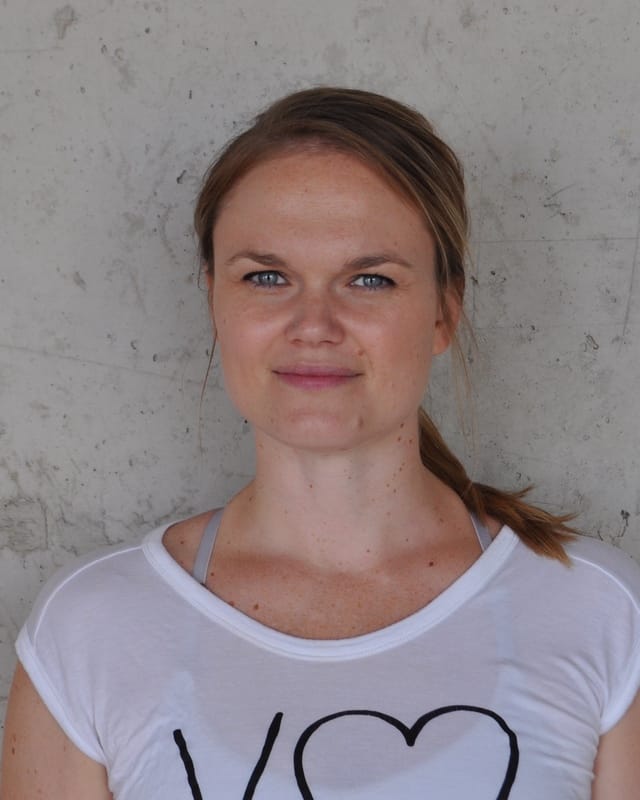

 RSS Feed
RSS Feed